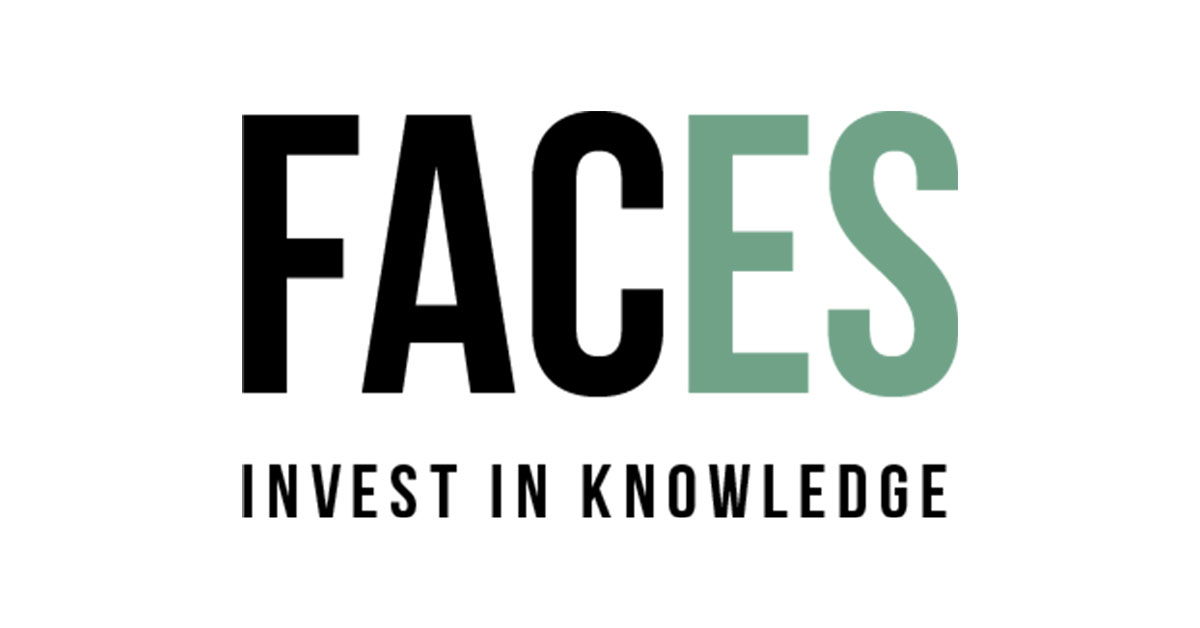In a matter of weeks, artificial intelligence took over the world in a way unseen before. With the launch of ChatGPT by OpenAI in November 2022,

What is DISC used for?
When you have applied for a job and you got invited for an interview, this is great. But you might worry about any difficult questions they may ask. While some questions might not be easy (“why do you want to work for this company?” or “why did you pick your study?”), it might be even harder to answer questions about your personality, and your strengths and weaknesses. This is where DISC can help you to find out who you are and help you answer these difficult questions. Furthermore, the DISC assessment tool is often used to screen if people are more, or less, suitable for a certain job.
What is DISC?
DISC is a behavioral assessment tool, which is based on a personality theory by psychologist William Marston, who defines four main personality traits: Dominance, Inducement, Submission, and Compliance. While the theory can be used in different forms, John Geier developed the contemporary version of the assessment tool.
The tool uses four different colors to display different personalities. A questionnaire, in which a number of statements are displayed, is filled in. In this questionnaire every time four statements, corresponding to the different personalities, are clustered together and you need to pick one. Every statement corresponds to a certain personality and the goal is to find out which statements you agree with most, in order to determine which ‘color(s)’ suit you. The personalities are displayed in a matrix, with the level of extroversion/introversion on the vertical axis, and the level of goal/people-orientation on the horizontal axis. This can be seen in the figure.
The statements you agree with correspond with the personalities divided in the following categories:
–Dominance (Red): People who have a high dominance score are extroversive, and goal-oriented. They are decisive, and have a high need for control. These people are often the leaders in the group.
-Inducement (Yellow): People who have a high inducement score are also extroversive, but are more people-oriented. They are emotional and lively, and like to talk a lot, but they can also be a bit indecisive. These people are often the ones who can inspire other group members, and tend to motivate others.
-Submission (Green): People who have a high submission score are also people-oriented, but are more introversive. They are good at cooperating with others, and want to keep harmony within a group. They are very friendly, which sometimes leads to them having a hard time expressing their own opinion. These people are often the peacekeepers within a group.
-Compliance (Blue): People who have a high compliance score are also introversive, but are more goal-oriented. They are disciplined and work hard. They tend to reason a lot and are critical, but can therefore appear remote or emotionless. These people are often the thinkers in the group.
As it is hard to fit a person into a box, it is possible that you get a high score on more than one category. It is most likely to have two personalities that align on the horizontal or vertical axes, where the personalities on the diagonal axes are less likely to correspond, since they oppose each other to a large extent.
Interested?
If you would like to find out which color or colors you are, you can take a DISC assessment yourself. On the internet there is a variety of online questionnaires, which yield you an immediate result. Good luck with the assessment and your (possible) job interviews!
This article is translated from Dutch to English by the Editorial Board of Asset | Accounting & Finance.






















